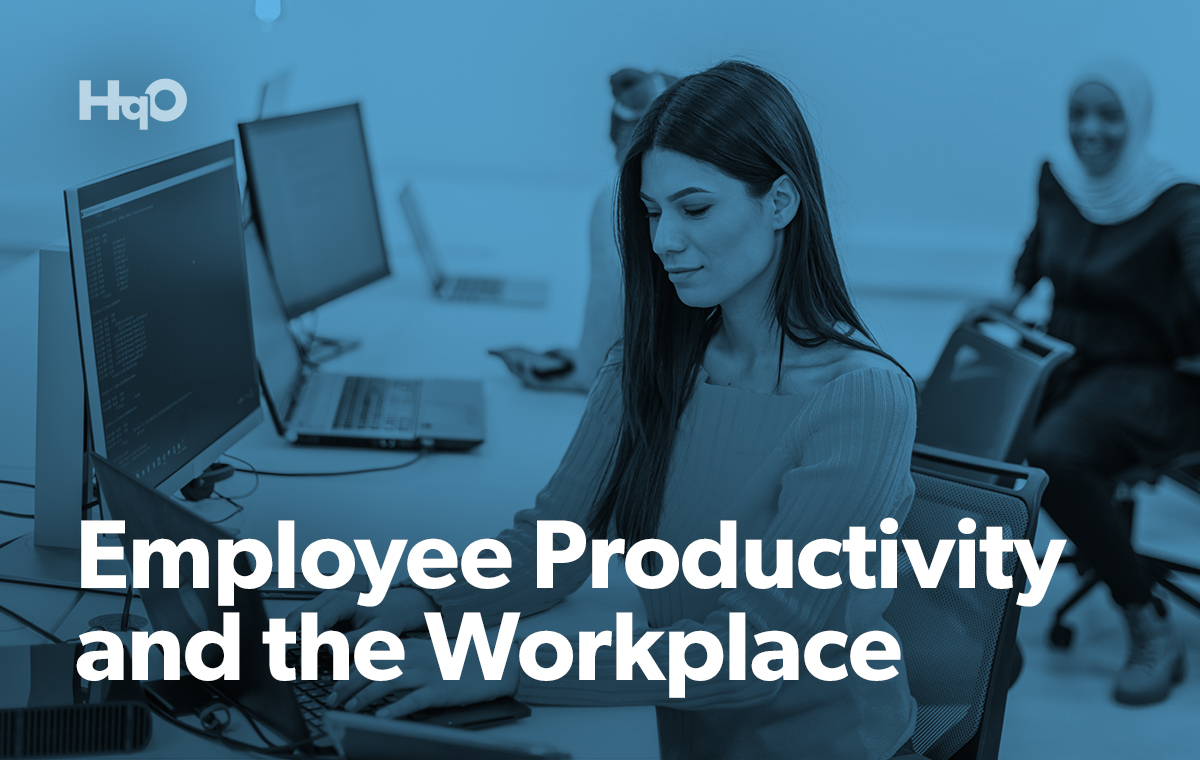“Employee productivity is always a priority,” reads an April 2021 Gallup study. “But the shift to remote work a year ago made it a burning issue. Businesses that had few — or no — remote workers were compelled to operate in an alien production context almost overnight, and it became a constant topic of conversation at Gallup’s Chief Human Resources Officer (CHRO) Roundtable, the biggest group of large-company CHROs in the world.”
These CHROs approached productivity from a variety of angles as they navigated the challenges posed by the aforementioned abrupt shift to remote, then to hybrid, working schedules. Together, they revealed that the definition of productivity — especially how we measure it — has been in a state of flux for the past three years.
This, alongside the fact that large companies including Google, Microsoft, and Twitter have announced plans for hybrid enabled office returns, has significant impact on employees. Novel, innovative, and somewhat uncharted, such models often change the ways people use and interact with their office spaces.
Surely, then, these industry shifts indicate that how we define and measure productivity will continue to evolve.
Modern Definitions
Before we can begin to measure and manage productivity, however, we must examine the definition of the word in a professional context. Pre-pandemic, the concept of “productivity” was almost always linked to physical presence: in the office, in meetings, at desks.
Productivity was, perhaps subconsciously, measured in hours. We also looked at output, of course, but the idea of physical presence brought with it a level of managerial comfort. There was no need to trust employees who were in the office — they were there, after all, which meant they were working, and therefore productive.
A Fundamental Change
The sudden, seemingly permanent change in the ways organizations operate and employees work threw this notion out the window. Without the possibility of in-person work due to safety and health concerns brought on by the pandemic, managers, HR departments, and business leaders were left to answer a time-old question in an entirely new context: What is productivity?
In a September 2021 article, Harvard Business Review wrote that it is up to managers to “expand the way they think about productivity to focus on well-being, social connections, collaboration, and the innovation they bring to drive business success.” Internal research at Microsoft supports this claim, with 70% of workers preferring to work from the office for collaboration, and 61% for social interaction.
Productivity Through Value
When measuring productivity, it is advantageous to consider what employees believe to be enablers for valuable work or spent time.
Deloitte touches on this in its report, Humanizing Productivity and Performance. Productivity, the report states, is more than office time or time actively spent working. To focus on that — or to attempt to monitor employee actions while working remotely — is potentially “detrimental” to the organization. It cultivates an environment of distrust, condescending to employees’ desire and need to work independently. It also “confuses activity for productivity.”
Instead, we must look at productivity in the context of value. Additionally, employers must ensure that employees are aligned with their organizational purpose. Both productivity and alignment, Deloitte states, are “strong measures” of overall outcome.
But how can we take action? And if we define productivity through value, how do we define value itself?
Creating Value
The meaning of value will differ depending on industry, organization, department, team, and individual role. Regardless, according to the previously mentioned Deloitte report, “teams need to jointly define how they are going to work together in this new virtual environment, check in on how their ways of interacting are working, and refine them over time as necessary.”
By offering employees the means by which to collaborate, connect, and innovate — simultaneously fostering a culture that is aligned to organizational purpose — we can ensure that we are driving productivity through value, which will in turn better position ourselves to achieve or deliver positive outcomes.
Employers can do so with tools like HqO’s Workplace Experience Platform, which provides both employees and business leaders with the capabilities they need to be valuable and productive. This can be made possible through capabilities like instant, real-time connections; easy methods of collaboration; aligning meeting schedules; seamless resource booking to cut down on time; or even increasing employee engagement in the workplace with fun and unique digital programming initiatives.
Want to learn more about how workplace experience technology can enhance employee productivity? Download our free guide, Productivity and the Workplace, today.



